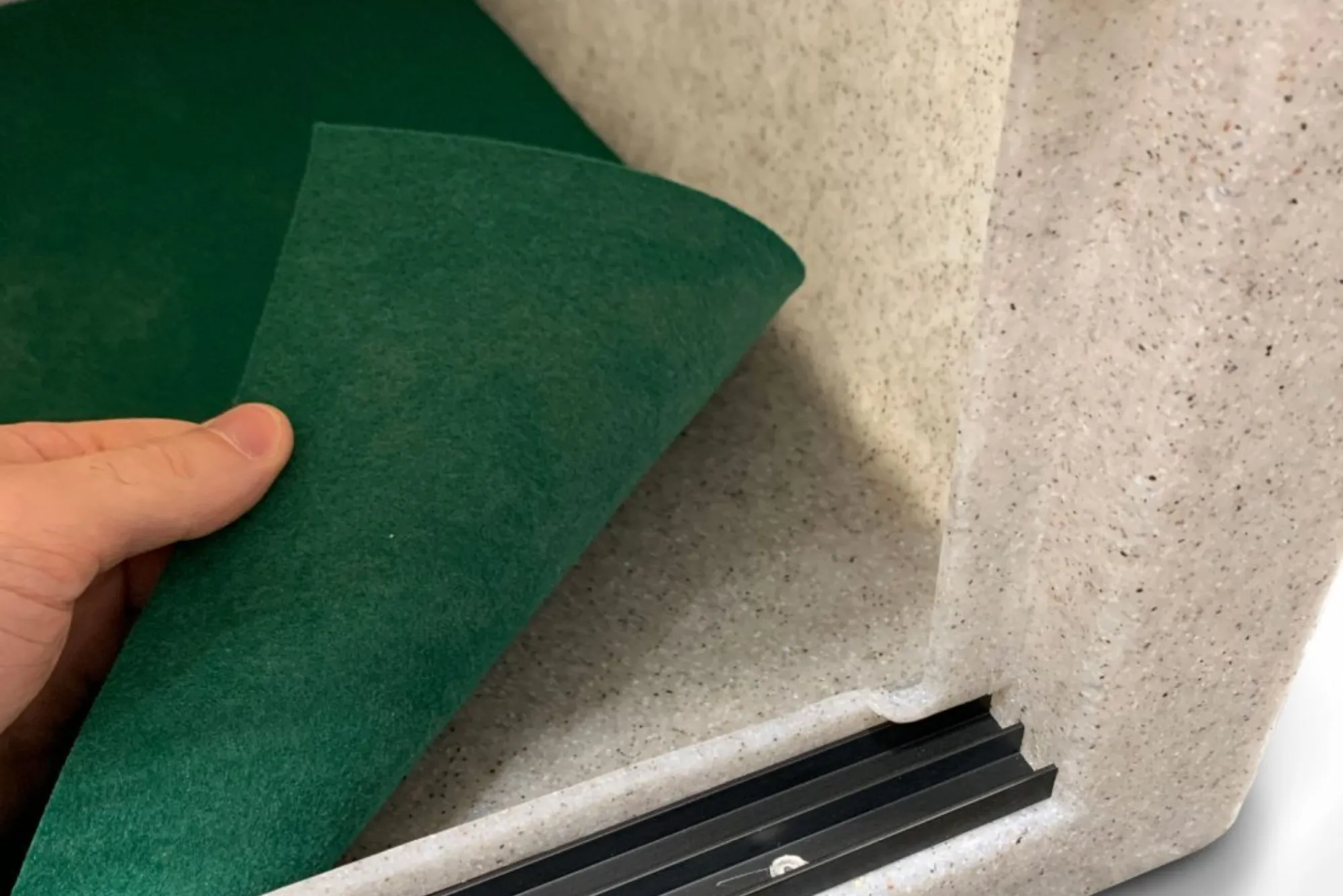When we bring pets into our homes, we must care for them to ensure their well-being and long-term health. Unlike dogs and cats, reptiles, rodents, and birds require cages for refuge. If you have a pet at home, you must install a clean carpet on the cage bottom to keep their feces and excretions from falling directly onto the floor surface. These carpets serve as an alternative to the sand, leaves, or mud that reptiles typically encounter in their natural habitat.
Furthermore, these rugs with soft and absorbent surfaces provide comfort for your reptiles’ bellies. Over time, these carpets become dirty and collect dirt, garbage, and other excrement, necessitating cleaning. Dubai carpets has created an educational post that outlines a step-by-step process for cleaning reptile carpet. With this useful instruction, you can clean your reptile cage carpet with little effort and time.
Cleaning a Reptile Carpet: A DIY Approach
Before cleaning, familiarize yourself with reptile carpet, a type commonly found in reptile tanks or cages. Natural, non-toxic, and health-friendly materials, such as wood chips and high-density pine and cedar fibers, make up the majority of these carpets.
To keep the reptile bedding surface clean and germ-free, remove uneaten food remnants, trash, shredded skin, and other sorts of debris from the surface. Furthermore, the presence of these components on a Sisal carpet might be dangerous and unsanitary for your pet.
Cleaning items are required
To begin the cleaning procedure, you will need the following:
Scraper/Putty Knife
Water bucket disinfectant
Supplies needed: dry cloth or towel, clean water, detergent, toothbrush, safety gloves, mask, and haircap.
1. Prepare yourself for safety
Before beginning this DIY project, you should prepare yourself with safety equipment such as latex gloves, a mask, and a hair cap. Reptile feces contain antibiotic-resistant organisms like Salmonella and E. coli, which can cause illnesses. Never make direct contact with reptile feces, excretions, or other waste items unless you have taken all necessary precautions.
2. Remove waste material
First, take your reptile pet from its cage and relocate it to a healthier environment. Now, carefully remove the carpet from the cage, taking care not to let any waste material drop off its surface. If the carpet contains dry waste material, use a scraper to carefully remove it from the surface. Furthermore, you will use a putty knife to remove feces or other stains.
3. Spot clean the carpet
To keep cages clean, pet owners should perform spot cleaning on a daily basis. When you replenish the food items in their pots, you must inspect the cage. If you detect a stain or spot on the carpet, remove it right away using a clean, wet towel. Apply disinfectant to a cloth and rub it on the spot to ensure complete disinfection of the carpet. Otherwise, several types of bacteria thrive there, increasing the likelihood of toxicity and illness.
4: Carpet deep cleaning
To deep clean the carpet, determine whether it is machine washable or not. If the carpet is machine-washable, you can clean it in less time. Otherwise, you’ll need to use different tools to clean the surface.
I. Handwashing
In a clean water bucket, mix water and household detergent to make a hand washing solution.
To remove stains and other materials from the carpet surface, sprinkle the prepared solution and massage it with a toothbrush.
Furthermore, if there is no stain on the carpet, you can dip it directly into the bucket of water.
Soak the carpet in the solution for a minimum of 10–15 minutes. After the allotted time, rinse with clean water to remove any detergent residues.
To remove moisture from the reptile bedding, air dry it thoroughly; otherwise, moisture encourages germs and mold to thrive.
Place the carpet in direct sunlight to allow it to air-dry.
II. Machine washing
For machine-washable reptile bedding, mix the same detergent solution with warm water in a particular amount in the machine tub.
Add the carpet to the machine tub, then adjust the rotation. If you use a liner with your carpet, remove it before placing it in the machine.
After 3–4 minutes, remove the carpet from the machine and rinse it with fresh water.
Follow the same drying instructions as we did for handwashing.
5. Reptile Carpet Disinfection
Once you’ve thoroughly cleaned the carpet, it’s time to disinfect it using a potent disinfectant. You can achieve disinfection with home products like diluted bleach or an alcohol solution. You must apply a precise amount of disinfection; otherwise, it can harm your pet and induce asphyxia in the cage. Following disinfection, reassemble the carpet in the reptile enclosure.
Follow these steps to keep your reptile carpet clean and environmentally friendly
Create a regular carpet cleaning routine to prevent the buildup of food residues, feces, and other excretory pollutants.
Include spot-cleaning in your regular routine to prevent additional discoloration or damage to the remainder of the carpet surface.
As a pet owner, you should also monitor your reptile’s health; a sick reptile frequently secretes more fluids, such as saliva, urine, and feces.
Final words!
To summarize this text, we can conclude that cleaning reptile carpeting is a difficult DIY undertaking. Reptile bedding needs thorough cleaning to prevent pets from contracting serious diseases. Carpets in Dubai has provided an essential guide with efficient methods to help you with DIY cleaning. By following these step-by-step instructions, you can create a secure, pleasant, and hygiene-friendly environment for your pet. Furthermore, we’ve included some important maintenance suggestions to keep your pet’s carpet clean and stain-free. I hope this extensive guide with practical ideas will help you get through the cleaning procedure and obtain professional-looking carpet cleaning results.




